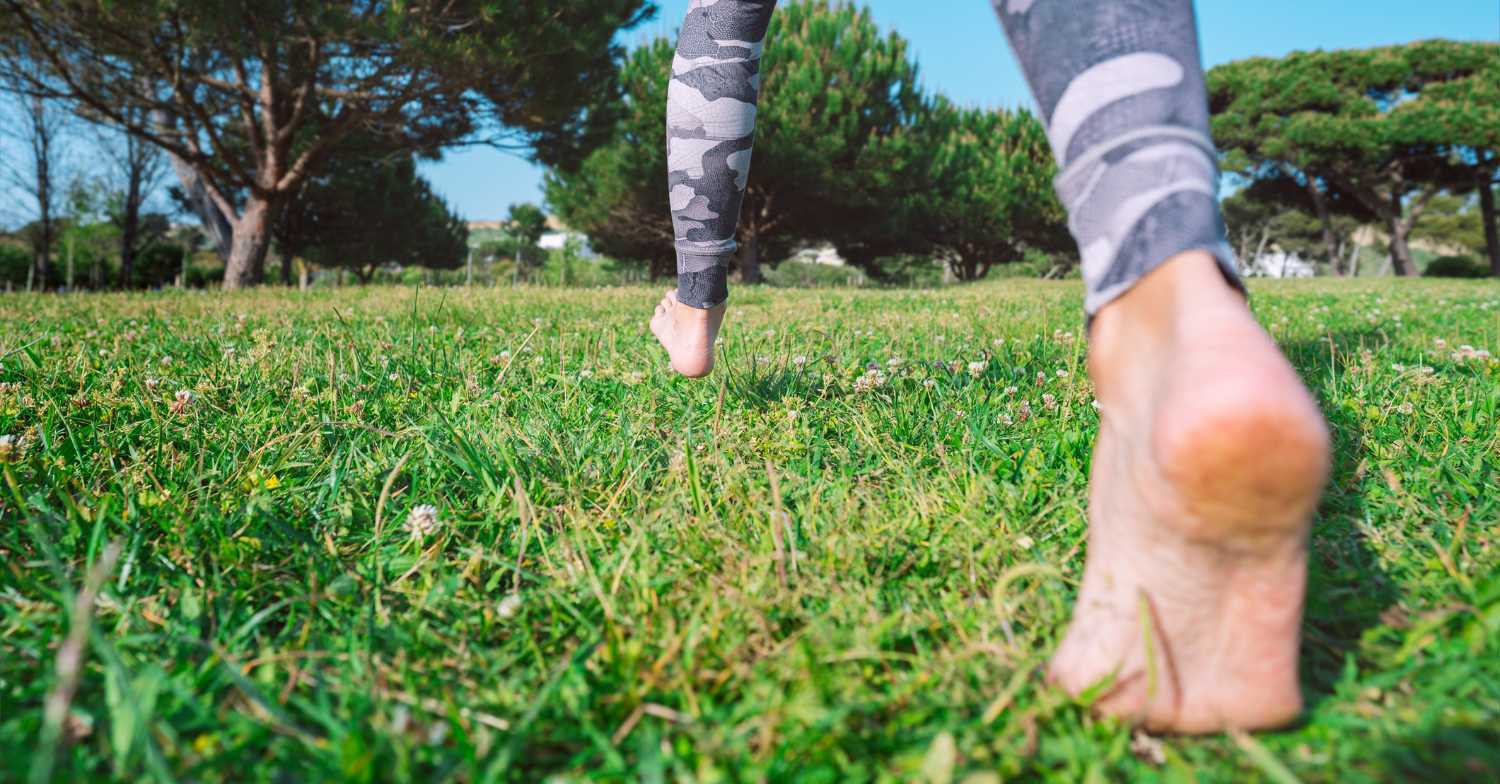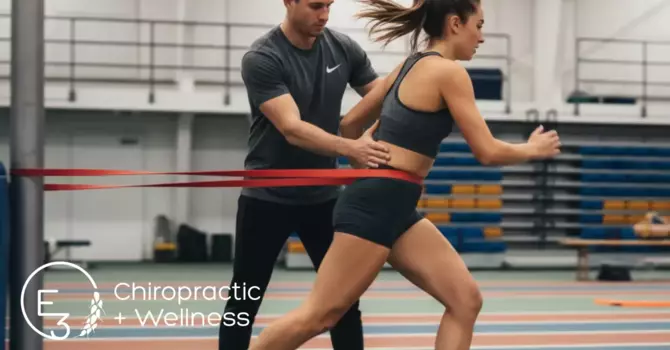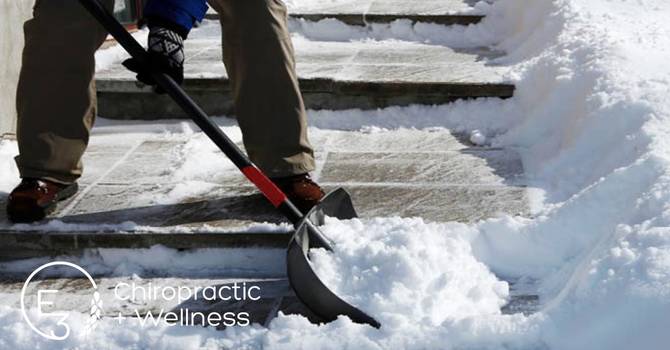
Introduction: When Feet Fail Us
As runners, we share a common goal: to conquer the miles, feel the wind against our faces, and experience the exhilaration of pushing our limits. But what happens when our feet, the unsung heroes of our running journey, start to rebel? Foot pain—a familiar foe for many—can turn our passion into agony. Whether you’re a seasoned marathoner or a weekend jogger, understanding proper foot function is essential for injury prevention and overall well-being.
The Science Behind Foot Biomechanics
Our feet are marvels of engineering, composed of 26 bones, 33 joints, and over 100 muscles, tendons, and ligaments. They form a complex structure divided into three main sections: the forefoot, midfoot, and hindfoot1. Let’s dive into the intricacies of foot biomechanics:
Forefoot: This section includes the metatarsals and toes, providing flexibility for propulsion and balance.
Midfoot: The arches act as shock absorbers, distributing weight evenly during weight-bearing activities.
Hindfoot: Comprising the talus and calcaneus (heel bone) provides stability and support.
Optimal foot biomechanics allow for proper weight distribution, a balanced push-off, and effective shock absorption. It helps runners maintain a steady pace, reduce the risk of injuries, and improve overall running performance.
The Role of Foot Function in Running
1. Stability and Balance
Imagine running on uneven terrain with wobbly feet. Not a pleasant thought, right? Proper foot function ensures stability and balance, preventing ankle twists and falls. When our feet strike the ground, they act as shock absorbers, minimizing the impact on our joints and spine.
2. Efficient Propulsion
The subtalar joint, a critical player in foot biomechanics, unlocks the forefoot during pronation (turning toward the midline) and locks it during supination (turning away from the midline) while running. Efficient foot movement translates into powerful strides and efficient propulsion.
3. Injury Prevention
Strong and functional feet allow us to:
Cope with running loads: When our feet handle impact effectively, the rest of our body follows suit.
Create a chain reaction: Proper foot function influences our knees, hips, and lower back.
Prevent injuries: Overuse injuries like tendonitis, sprains, and tears can be minimized by maintaining foot strength and flexibility.
Exercising Feet: Your Best Defense
1. Flexibility Matters
Incorporate yoga into your routine to enhance flexibility. It not only improves balance but also calms the mind. Remember, the more flexible your body, the less injury-prone you become. Let’s dive into the science-backed benefits of strength training and how it can elevate your running game.
2. Strength Training
Strength training is a game-changer for runners, and here’s why: it’s not just about bulging biceps or lifting heavy weights—it’s about unlocking your running potential. Let’s dive into the science-backed benefits of strength training and how it can elevate your running game.
- Injury Prevention: Picture your muscles and connective tissues as the body’s armor. Strength training fortifies this armor, reducing the risk of injuries. When you hit the pavement, strong muscles absorb some of the force that could otherwise wreak havoc on your joints. A robust core also shields your lower back, while powerful leg muscles act as guardians for your knees.
- Speed and Efficiency: Ever dreamt of gliding effortlessly through your runs? Strength training is your secret weapon. It enhances neuromuscular coordination, making your movements more precise and efficient. Think of it as fine-tuning your engine—each stride becomes a symphony of power and grace. Plus, it boosts your overall running economy, encouraging better coordination and stride efficiency.
- Fear Not the Bulk: Worried about turning into the Hulk? Fear not! Unless you’re pumping iron like a bodybuilder and devouring mountains of calories, you won’t bulk up. As Emile Cairess, the UK record holder for 10 miles, wisely puts it: “There’s no point having a Ferrari engine but only tractor tires.” Strength training is about giving yourself those sleek Ferrari tires—powerful, agile, and ready to conquer the road.
- Simple Yet Effective: You don’t need a PhD in exercise science to reap the benefits. Follow a straightforward routine: focus on compound exercises—the lunges, squats, rows, and deadlifts that engage multiple muscle groups. These movements mimic the demands of running, preparing you for the one-legged ballet that is your stride. And don’t forget single-leg exercises—they iron out imbalances and fine-tune your running machine.
3. Listen to Your Body
Rest when needed. If you feel sluggish or run down, adjust your training. Prioritize recovery to avoid burnout and injuries.
4. Gradual Progression
Gradual progression is the secret sauce that transforms ordinary runners into extraordinary ones. Whether you’re a seasoned marathoner or a novice lacing up your sneakers, embracing gradual progression is your ticket to running success. Here are three reasons why taking it slow is important:
- Injury Prevention: Imagine your muscles and tendons as a finely tuned orchestra. Gradual progression ensures that each instrument—the quads, hamstrings, calves—harmonizes perfectly. By increasing your training load steadily, you avoid sudden shocks to your system. No more jarring crescendos that lead to injuries. Instead, you build resilience, like a sturdy bridge spanning your running journey.
- Body Adaptation: Our bodies are remarkable adapters. They thrive on challenges but not on abrupt ones. Gradual progression allows your muscles, joints, and cardiovascular system to adapt gradually. It’s like teaching a plant to grow toward the sun—one inch at a time. As you increase your mileage, pace, or intensity, your body nods appreciatively and says, "I’ve got this!"
- Consistent Improvement: Picture a staircase. Each step represents a small increase in your training load. Climb steadily, and you’ll reach new heights. Skip steps, and you risk stumbling. Consistent, incremental progress ensures that you’re always moving forward. Whether it’s adding an extra kilometre to your long run or shaving seconds off your 5K time, gradual progression fuels improvement.
Seeking Expert Help: E3 Chiropractic + Wellness
When foot pain strikes, consider seeking professional guidance. E3 Chiropractic + Wellness, led by experienced Saskatoon chiropractors and physiotherapists, specializes in foot biomechanics. Their services include:
Gait analysis: Pinpointing irregularities in your stride.
Custom Rehab and Strengthening Program: Based off your assessment, you will receive a rehab program designed for YOUR needs to keep you doing what you love.
Custom orthotics: Tailored solutions for optimal foot function.
Injury prevention strategies: Expert advice to keep you running pain-free.
Remember, your feet deserve the same care as your heart or lungs. Prioritize foot health and let E3 Chiropractic + Wellness be your partner in the journey toward injury-free running.
Click HERE to book your appointment today!





